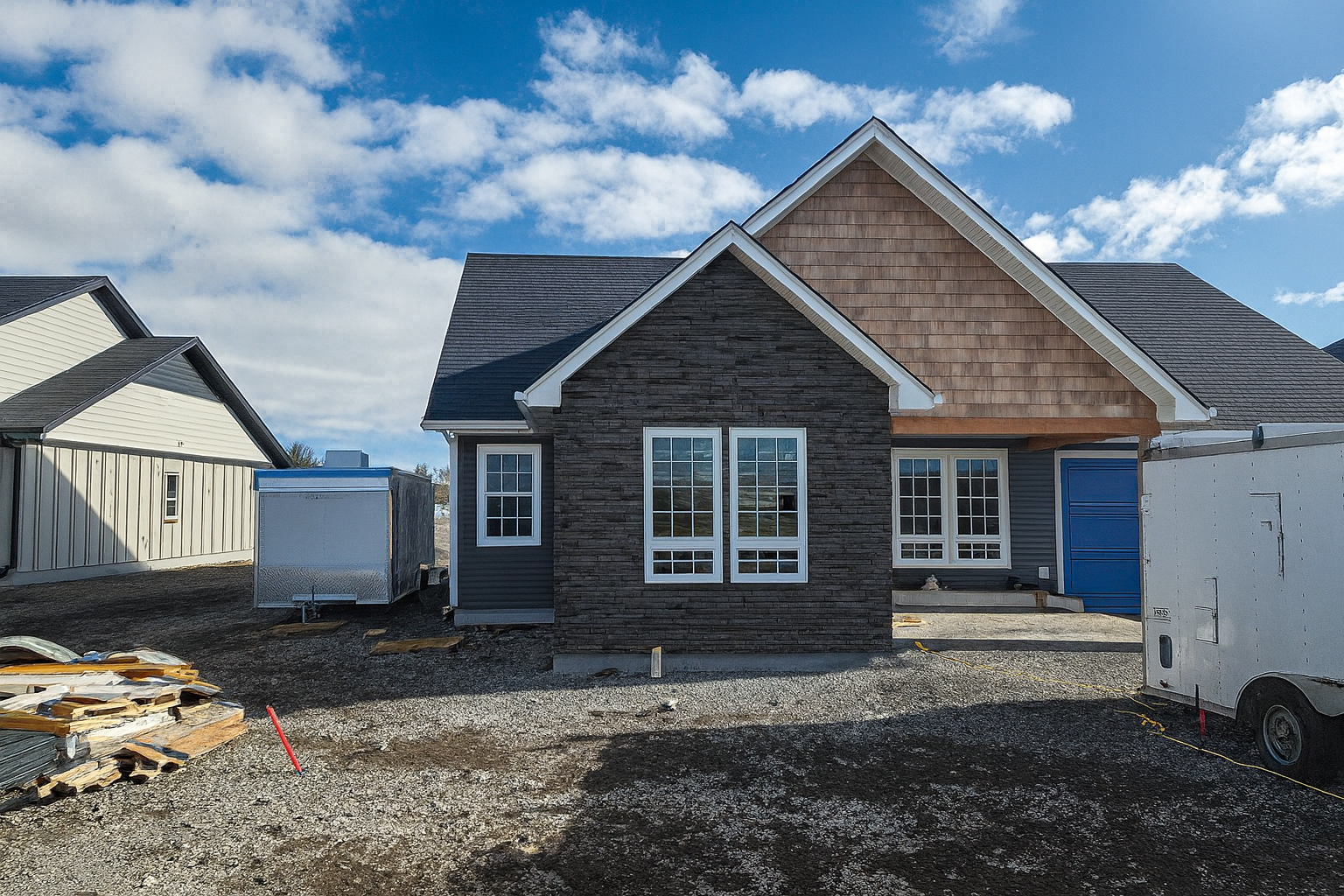
Maximizing Energy Efficiency in New Construction Projects Nov 12, 2025
Energy-efficient design begins at the planning stage. Utilizing energy modeling software allows architects and builders to simulate various scenarios and make informed decisions about energy-efficient designs. This planning can encompass everything from building orientation to material selection, ensuring optimal energy performance right from the ground up.
One of the first considerations in maximizing energy efficiency is the building envelope. This includes the walls, roof, and windows, which collectively determine how well a building maintains its temperature. High-quality insulation and energy-efficient windows are foundational components that prevent heat loss in the winter and keep interiors cool in the summer. Choosing materials with high thermal performance can significantly reduce energy consumption, translating into lower utility bills for the building’s occupants.
Incorporating renewable energy sources is another effective strategy. Solar panels, for example, can be integrated into the building’s architecture to provide clean energy. For many projects, the long-term savings on energy bills can help offset the initial costs of these installations. Moreover, installing energy-efficient HVAC systems is crucial. Today’s market offers smart systems that can adjust settings automatically for optimized energy use, ensuring comfort with minimal energy waste.
Lighting is another area where substantial energy savings can be achieved. By using LED lighting solutions, which consume significantly less power than traditional lighting options, new construction projects can reduce energy demands. Additionally, incorporating smart lighting controls like occupancy sensors can ensure that lights are only on when needed, further reducing energy use.
Water heating and usage is another critical element. Implementing on-demand water heaters is an efficient way to reduce energy consumption, as these systems heat water only when it is needed. Additionally, installing low-flow fixtures can reduce water use without compromising performance, contributing to an overall more sustainable building operation.
It’s also essential to factor in the role of building automation systems. These systems can bring together various elements of building operation—such as lighting, HVAC, and energy management—into a single, automated platform. This integration allows for precise control and monitoring, helping identify areas of inefficiency and implement adjustments promptly.
Lastly, consideration of the building’s life cycle from the outset can further enhance energy efficiency. Sustainable building materials and techniques reduce environmental impact over time, creating a legacy of sustainability that aligns with modern standards and expectations for energy efficiency.
Big Mountain Construction and Contracting LLC understands the importance of these energy-efficient practices and continually strives to incorporate the latest technologies and techniques into their projects. By focusing on energy efficiency, they not only contribute to a more sustainable future but also deliver tangible benefits to their clients.
In conclusion, maximizing energy efficiency in new construction projects requires thoughtful planning and execution. By considering every aspect from design and materials to energy systems and insulation, new buildings can offer economic advantages, comfort, and sustainability. Partnering with an experienced company like Big Mountain Construction and Contracting LLC ensures that these considerations are seamlessly integrated, resulting in high-performance buildings that stand the test of time.
/filters:no_upscale()/filters:format(webp)/media/bb2592f4-8f38-4117-b25b-aaff3b1f52a5.png)
/filters:no_upscale()/filters:format(webp)/media/2eb2c84f-15ab-4960-adae-32b6d59767db.jpeg)